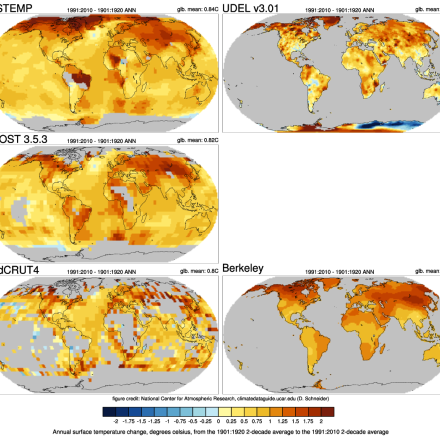Summary of global surface temperature datasets
| Name | Temperature Change | Climatology | Source | Years of record | Timestep | Spatial Resolution | Input Data |
|---|---|---|---|---|---|---|---|
| Global land-ocean surface temperature data: HadCRUT5 | 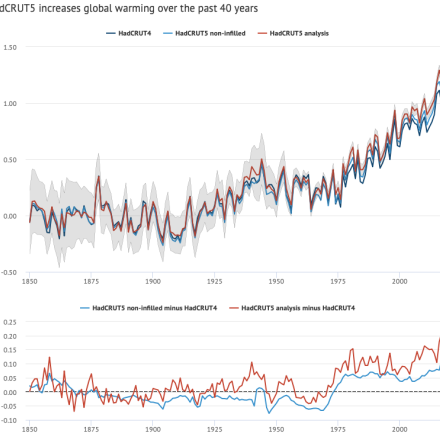
|

|
UK Met Office Hadley Centre and Climatic Research Unit, University of East Anglia | to | Monthly | 5° x 5° | HadSST4 and CRUTEM5 |
| Global surface temperature data: GISTEMP: NASA Goddard Institute for Space Studies (GISS) Surface Temperature Analysis | 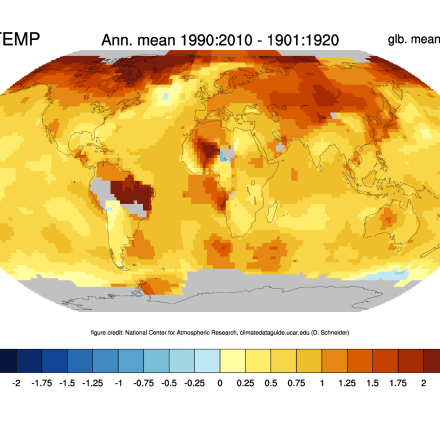
|
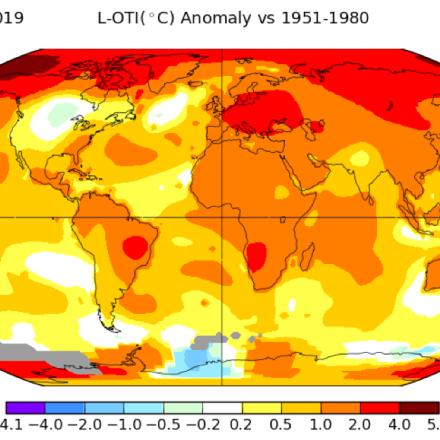
|
NASA GISS / G.A. Schmidt, R. Reudy, M. Sato, K. Lo, N. Lenssen formerly J. Hansen | to | Monthly | 2x2 degree | GHCN v4 (~6300 land stations); ERSSTv5 (SSTs); SCAR READER (for Antarctic stations) |
| Global surface temperature data: MLOST: NOAA Merged Land-Ocean Surface Temperature Analysis | 
|
NOAA NCDC / RS Vose and others | to | Monthly | 5x5 degrees | GHCN v3.3 (~7000 land stations); ERSSTv3b (SSTs) |
|
| Global surface temperature data: The Dynamically Consistent ENsemble of Temperature (DCENT) | 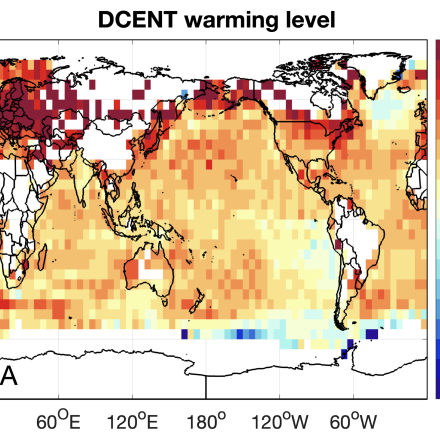
|

|
Duo Chan | to | Monthly | 5° latitude x 5° longitude | A novel bias correction of raw sea surface and land surface temperature measurements
|
| Global surface temperatures: BEST: Berkeley Earth Surface Temperatures | 
|
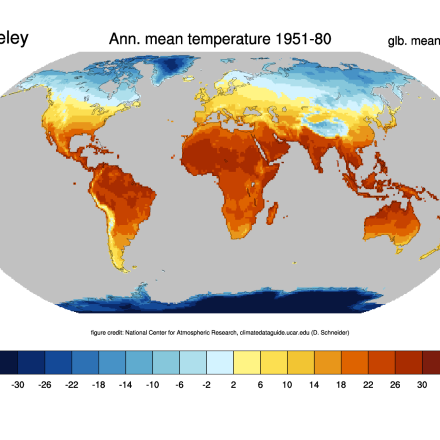
|
BerkeleyEarth.org/ R. Muller, R. Rhode | to | Climatology, Daily, Monthly | 1x1 degree or equal-area grid , .25 degree available for USA and Europe | combination of 14 databases of station data; ~37,000 individual records used;; merged land-ocean version uses HadSST3 |
| TerraClimate: Global, high-resolution gridded temperature, precipitation, and other water balance variables | 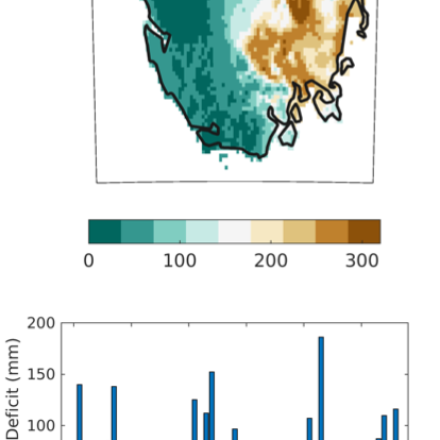
|
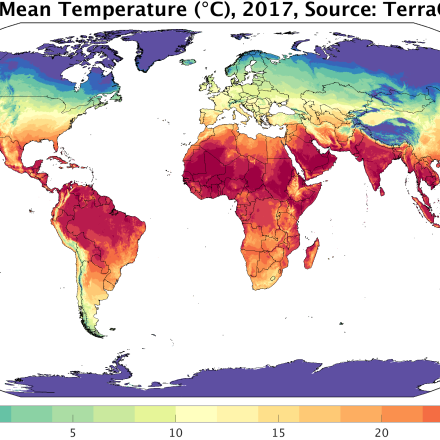
|
John Abatzoglou, University of California - Merced | to | Climatology, Monthly | ~4 km (1/24th degree) | WorldClim, CRUTS4.0 |
